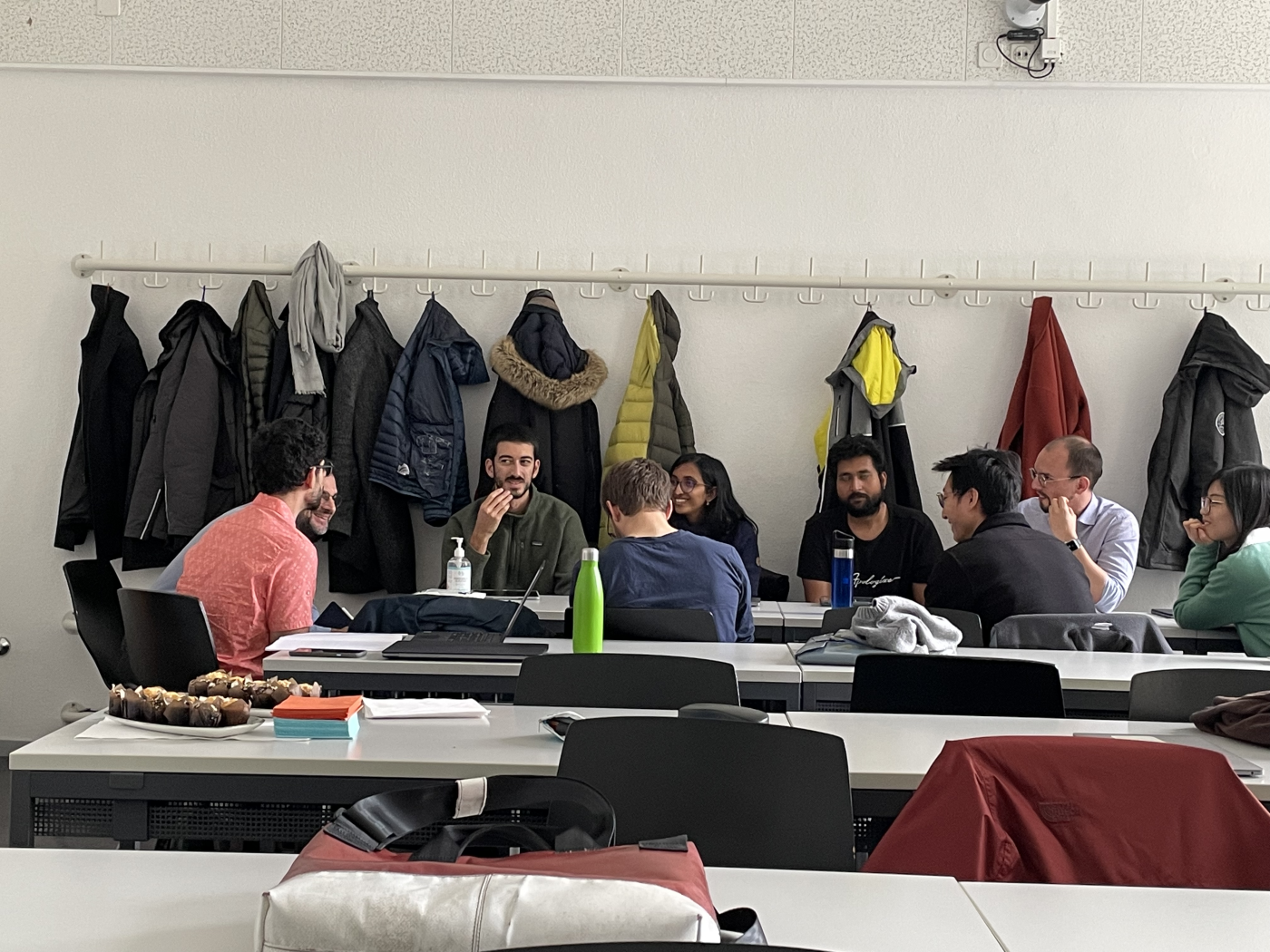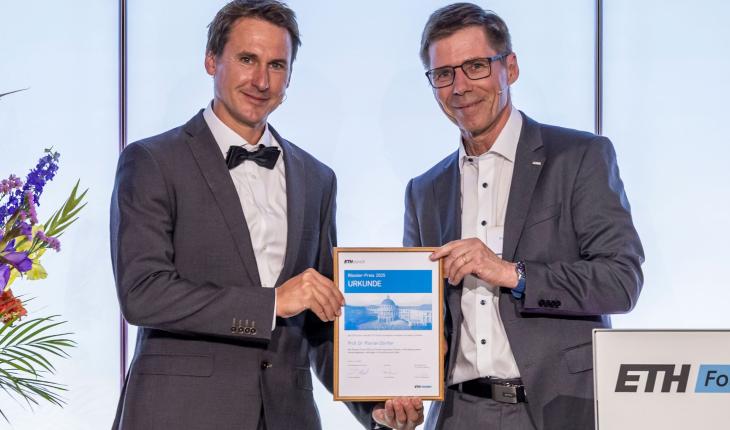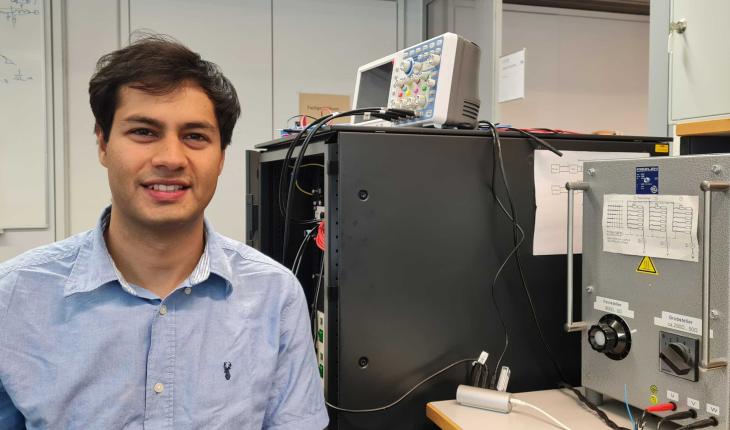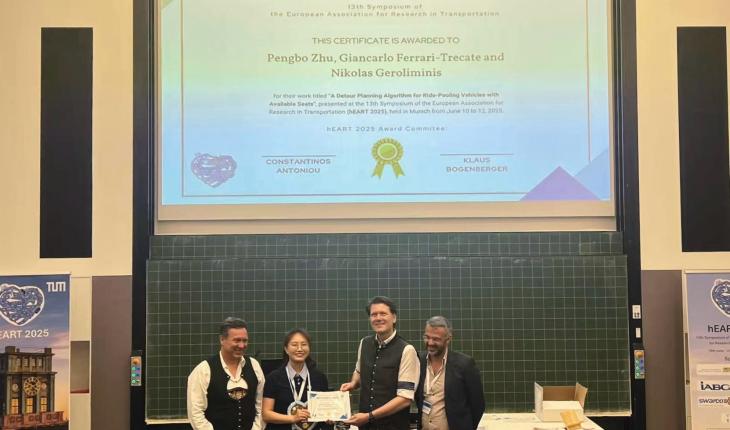The benefit of interdisciplinarity: the example of Loris Di Natale and Muhammad Zakwan
Loris Di Natale and Muhammad Zakwan are two PhD students funded by NCCR Automation. Loris works on physics-inspired neural networks for energy systems and is supervised by Kristina Orehounig and Philipp Heer at Empa and Colin N. Jones at EPFL. Muhammad, a.k.a. Zak, works on applications of neural ODEs with Giancarlo Ferrari Trecate at EPFL.
The first time Zak and Loris discussed their research was during the breakout session of a Work Package meeting, organised over Zoom in Autumn 2021. In this meeting, they discovered that their work had one thing in common, neural networks. While discussing, they realised that their approaches were complementary to each other: Zak was focusing on the theory part while Loris had experience in working with data thanks to the NEST building at Empa.

Following this meeting, they met to discuss how they could model a building using Hamiltonian systems and decided to keep discussing over Slack. Once more concrete ideas had emerged, they decided to meet on a weekly basis to keep the momentum. Between each meeting, Zak looked deeper into the literature while Loris started some initial simulations.
They soon ended up overwhelmed with different deadlines and meetings for their own work. Since they did not set themselves homework, they did not have anything to talk about during their weekly meetings and started skipping them. Before they realised, 8 months had passed.
Their idea was still at the back of their minds, and Zak discussed it with Arjan van der Schaft and Bernhard Maschke (the main drivers in port-Hamiltonian systems) during a conference. Thanks to the feedback he received, they realised that buildings can be modelled as physically consistent neural odes respecting the laws of thermodynamics by construction, giving the idea a new spin and grabbing their interest again.
Since they needed a new work environment rather than virtual meetings to drive the idea further, they decided to spend two weeks together in the same office. Their supervisors, Giancarlo Ferrari Trecate, Philipp Heer, Bratislav Svetozarevic, and Colin Jones supported them and provided some initial inputs. During those two weeks, they surveyed the literature, transformed the walls of the meeting rooms into pinboards, and found further research ideas. At the end of those two weeks, they wrote a paper, which has been submitted to the IFAC World Congress 2023. Both their supervisors were pleasantly surprised with their results and that they led to further extensions of the work.
What have they gained from this experience? Thanks to the NCCR meeting, they met and got to know each other, and both benefited from the added value of interdisciplinarity. If they had worked separately, it would have taken them much more time to achieve the same results, and the idea might have been published in the meantime or just have been lost.
We want to encourage more of our researchers to follow in Zak and Loris' example, so we set up the researcher activity funds. If our researchers have an idea but need space to explore it, they can apply to get additional support. What do they think about these activity funds? “Definitely a good idea! We will consider to work further on several interesting research ideas that came out of their two-weeks collaboration.”
More information about the activity funds for junior researchers can be found here.



